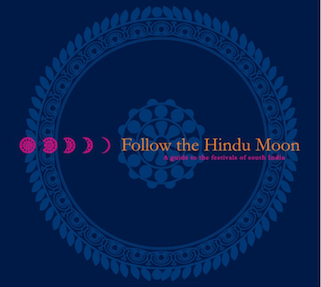|
The Indian Analyst
|
South Indian Inscriptions |
BOMBAY KARNATAKA INSCRIPTIONS VOLUME III Mysore Rulers Tipu
Sultan
Epigraphical evidence to show that Tipu Sultanâs sway extended up to Ranebennur Taluk, is forthcoming from an inscription (No. 289) at Chennapur in that Taluk. It says that under the orders of Tipu Sultan, the village Chennapura was granted as sarvamanya in the cyclic year Parabhava. In the reign of Tipu Sultan (i.e., A.D. 1782 to 1799) this cyclic year fell in A.D. 1786-87. No. 289 (B.K.
No. 82 of 1933-34) Channapur, Ranebennur Taluk, Dharwar District Stone near the ruined fort Tipu Sultan This record of the 18th Century A.D. states that under the orders of Tipu Sultan, the village of Chennapura, in the Ranebennur (division) was granted as sarvamanya to a Judiadar (name not specified) after receiving from him ninety varahas. The date of the record is Parabhava, Margasira. |
|||||||||||||||||||||||||||||||||||||||||||||||||||||||||||||||||||||||||||||||||||||||
| > |
|
>
|







